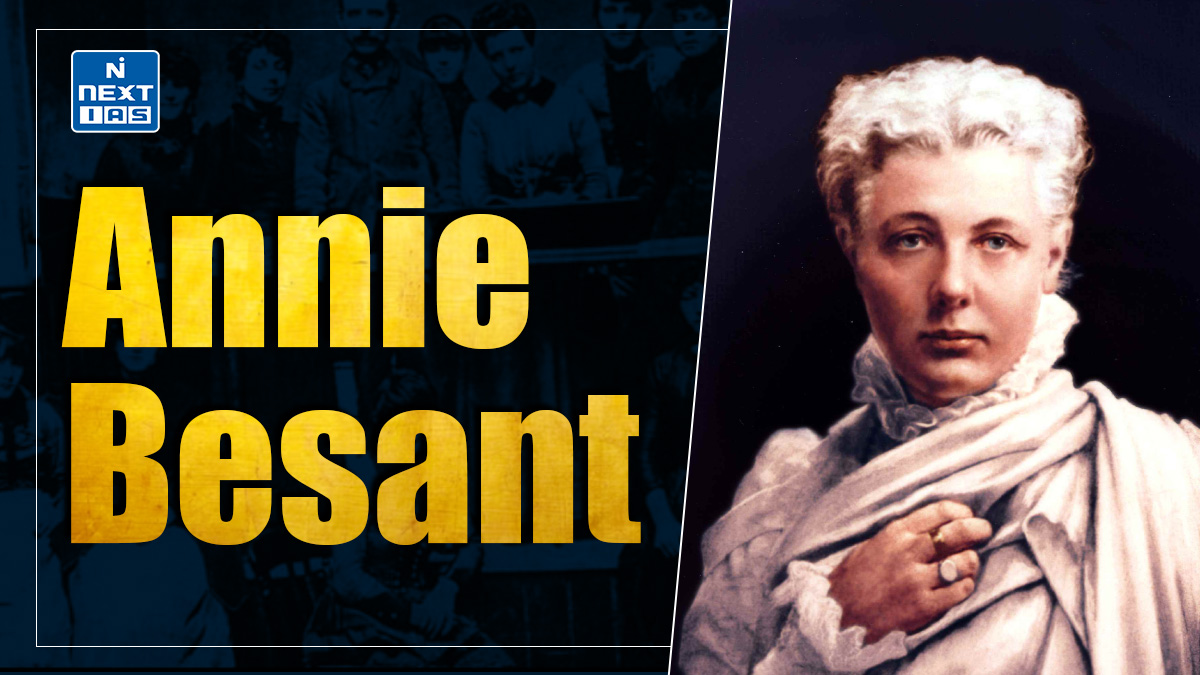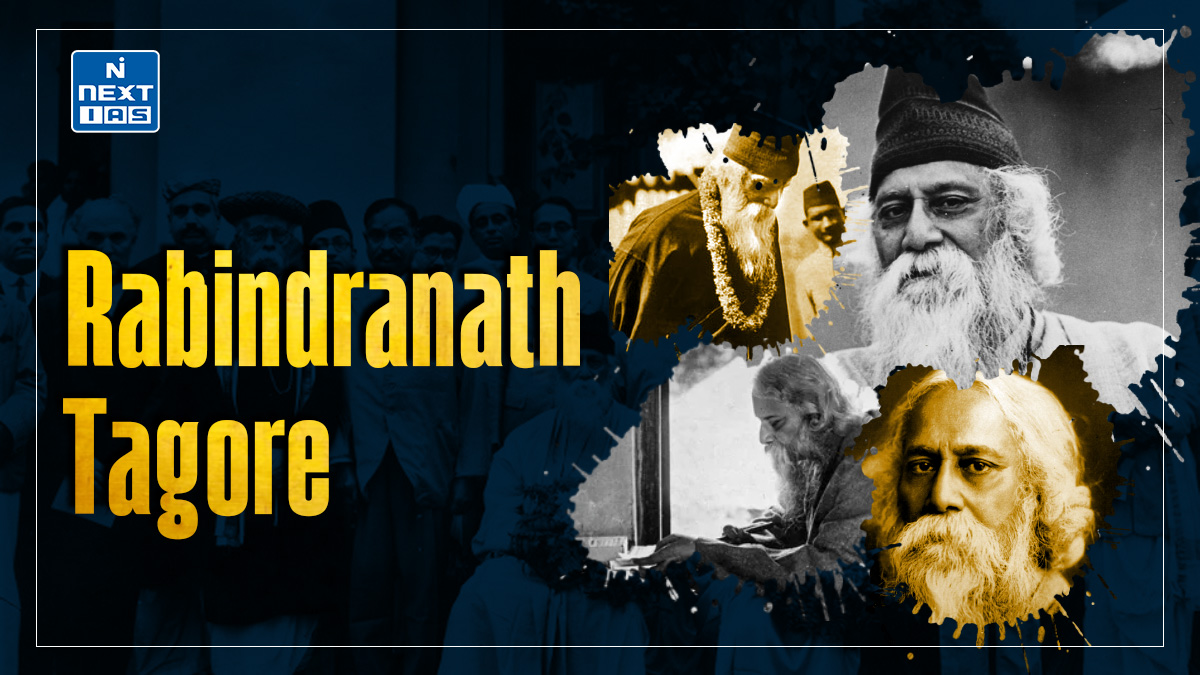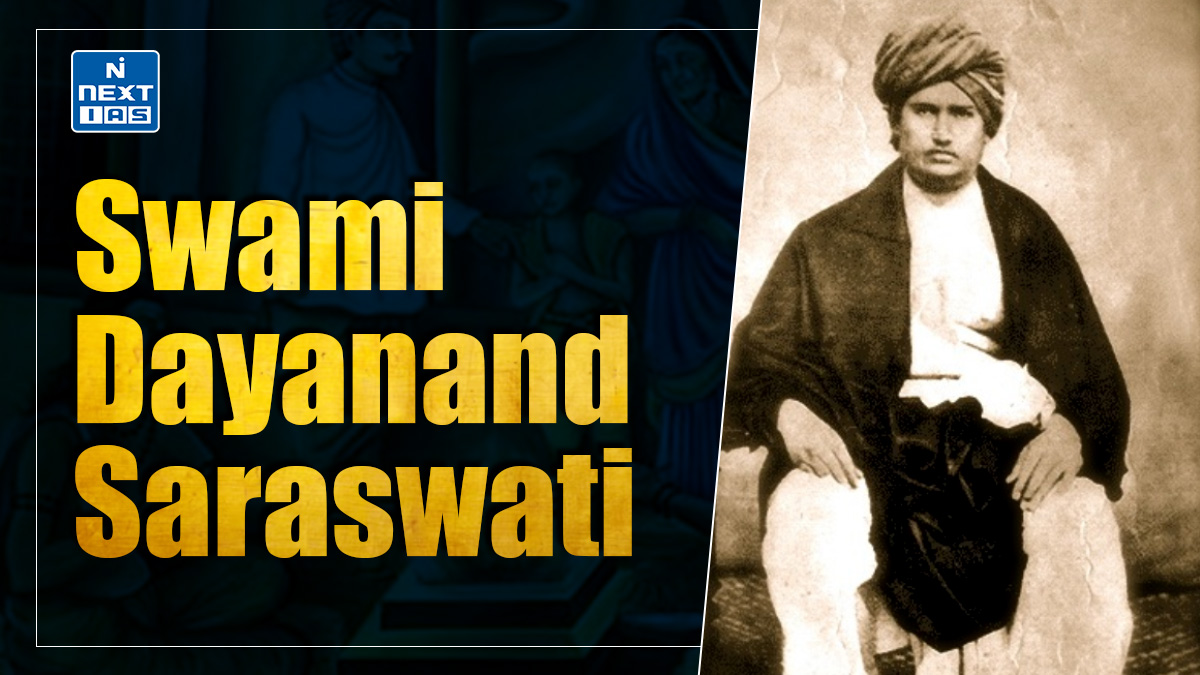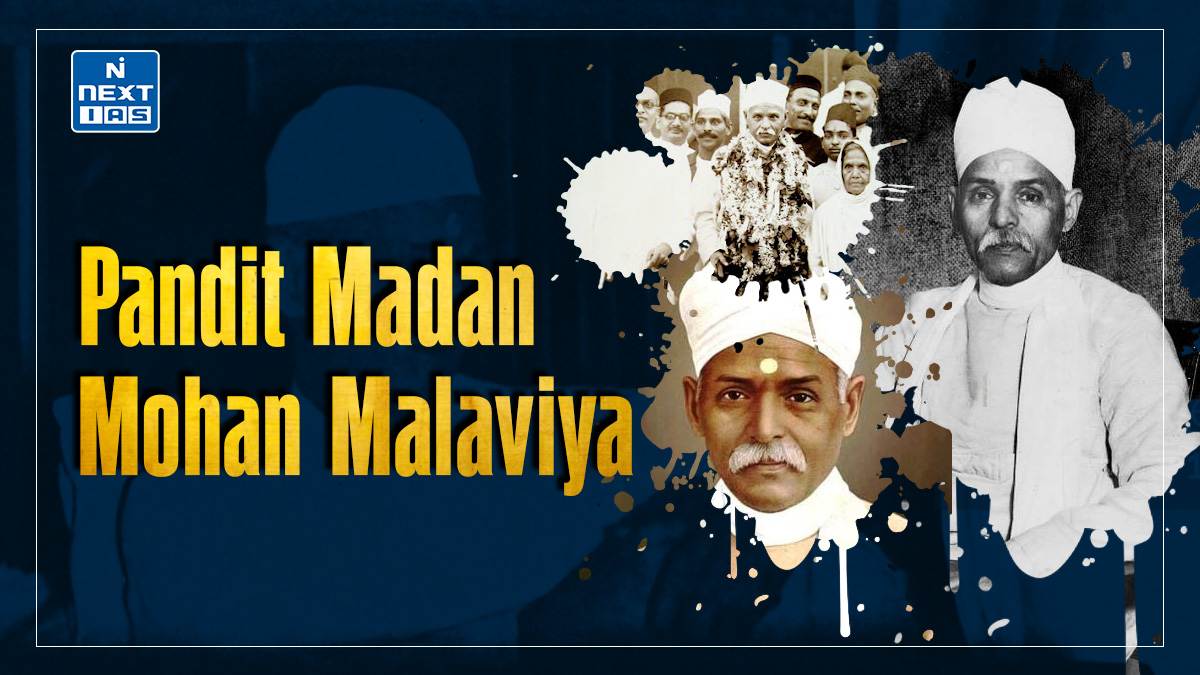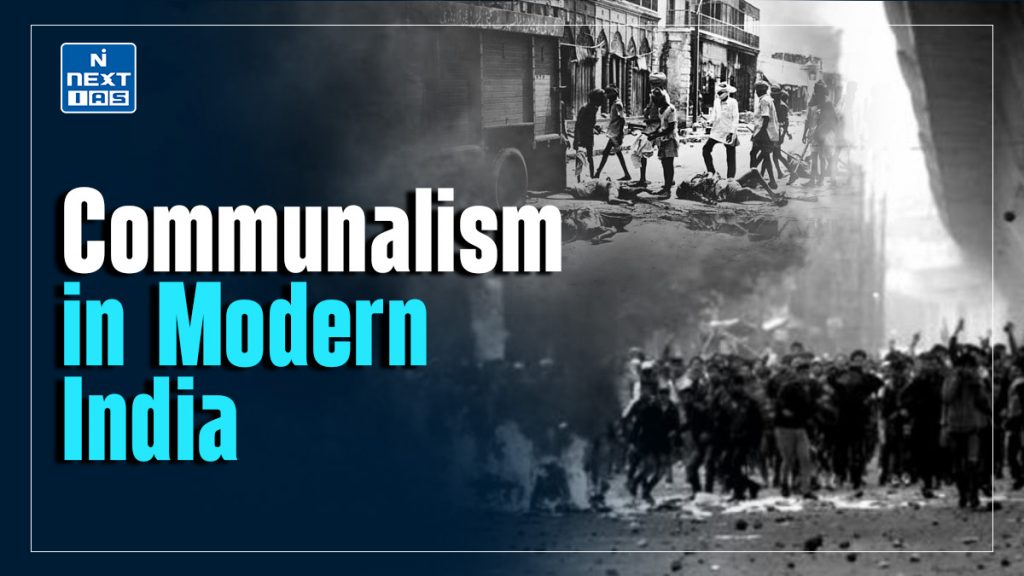
Communalism in Modern India refers to the division of society along religious lines, where communities are portrayed as having conflicting interests. It holds significance as it has shaped India’s socio-political history, influencing its struggle for independence and subsequent national unity. This article aims to study in detail the origin, development, and impact of communalism in modern India.
About Communalism in Modern India
- Communalism in India is a deeply rooted and complex issue with significant implications for its social, economic, and political fabric.
- Communalism is an ideology that divides society into distinct religious communities whose interests are often portrayed as being divergent, if not opposed.
- It manifests in various forms, including political, religious, and economic communalism, and is fueled by modern socio-political and historical contexts rather than being merely a continuation of ancient or medieval traditions.
- Although communalism may draw on elements of historical ideologies, it is fundamentally a modern concept.
- It emerged as a consequence of the transformation of Indian society under colonial rule and the advent of mass politics.
- The British colonial strategy of “divide and rule” aggravated these divisions, providing fertile ground for communalism to grow.
- Simultaneously, the failure of nationalist leaders to curb the early signs of communalism contributed to its spread.
Stages of Communalism in India
Communalism in India developed in three distinct stages, reflecting its evolution over time:
- Communal Nationalism: In this initial stage, it was believed that people of the same religion shared common secular interests—political, economic, and cultural—independent of their socio-economic backgrounds.
- This ideology encouraged the formation of sociopolitical communities based exclusively on religious identities, with leaders identifying as “Nationalist Hindus” or “Nationalist Muslims.”
- Liberal Communalism: The second stage posited that the secular interests of different religious communities were dissimilar but could be reconciled.
- This phase was marked by efforts to harmonize communal interests within the larger framework of national development. This form of communalism prevailed until the mid-1930s.
- Extreme Communalism: The final stage saw the interests of religious communities as mutually antagonistic and irreconcilable.
- It was marked by the rhetoric of fear and hatred, often leading to violence. Communalists propagated the idea that coexistence was impossible, culminating in demands for separate nations based on religion.
Causes of Communalism in India
- Communalism in India stems from historical, political, and socio-economic factors.
- The colonial policy of “divide and rule” intensified religious divisions, while economic disparities and competition for resources among communities further fueled mistrust.
- Politicization of religion, lack of education, and the propagation of stereotypes by vested interests perpetuate communal tensions.
- Additionally, historical grievances and the lack of effective measures to promote harmony have deepened the divide.
Development of Communalism in India
- The Revolt of 1857 demonstrated the absence of communalism during that time. Hindus and Muslims fought shoulder-to-shoulder against British rule, united by shared political grievances rather than religious differences.
- Bahadur Shah Zafar, a Muslim, was unanimously accepted as the symbolic leader of the revolt.
- Moreover, the absence of modern mass politics and self-sufficient village economies ensured social harmony for centuries.
Rise of Communalism Under Colonial Rule
Communalism arose as a modern political construct during British rule, shaped by specific socio-economic and political conditions:
- Socio-economic Factors: Economic stagnation under colonial rule created rivalry between communities for limited jobs and resources.
- Muslims lagged behind in modern education and professional opportunities, fostering resentment and insecurity.
- The colonial government exploited these insecurities by granting selective concessions to fuel communal tensions.
- The Divide-and-Rule Policy: The British deliberately promoted divisions between Hindus and Muslims to weaken the growing nationalist movement.
- They introduced measures such as the partition of Bengal (1905) and separate electorates under the Morley-Minto Reforms (1909), institutionalizing communal politics.
- Leaders like Sir Syed Ahmed Khan, initially proponents of Hindu-Muslim unity, later shifted to communal rhetoric under British influence.
- Communal History Writing: British and Indian historians labeled India’s ancient period as the “Hindu period” and the medieval period as the “Muslim period,” reinforcing communal divisions in the popular imagination.
- Religious Reform Movements: Movements like the Wahabi (Muslim) and Shuddhi (Hindu) movements, while aimed at internal reform, inadvertently fostered religious exclusivity.
- Militant Nationalism: Hindu nationalist symbols, such as Tilak’s Shivaji festivals and references to Hindu heroes like Rana Pratap, alienated Muslim communities.
- Although unintended, these movements provided ammunition for communal propaganda by British and pro-British elements.
- Majority Communalism: Reactionary movements among Hindus, such as the founding of the Hindu Mahasabha (1915) and RSS (1925), mirrored the rise of Muslim communalism.
Role of Communalism in Partition of India
The culmination of communalism in India was the partition of 1947, which divided the country into India and Pakistan.
- Two-Nation Theory and the Rise of the Muslim League: Communal politics took a sharp turn with the formation of the Muslim League in 1906, advocating separate electorates and Muslim representation.
- The Lahore Resolution of 1940 formally demanded a separate Muslim state, paving the way for Pakistan.
- Failure of the National Leadership: The Congress’s negotiations with communal leaders legitimized their politics, sidelining secular nationalist Muslims.
- The failure to integrate Muslims into the nationalist movement allowed communalism to deepen.
- British Support for Communal Forces: The British actively supported communal forces, as evidenced by the Communal Award (1932) and the Government of India Act (1935).
- These policies emboldened the Muslim League, leading to irreconcilable differences with the Congress.
Impact of Communalism in India
- Communalism disrupts social harmony, leading to riots, loss of lives, and destruction of property.
- It weakens national unity, hampers economic growth, and fosters fear and mistrust among communities.
- Politically, it leads to polarization and exploitation of religious sentiments for electoral gains.
- The long-term impact includes a fractured society, reduced foreign investment, and diminished global reputation as a pluralistic democracy.
Analysis of Communalism in India
- Partition was the tragic culmination of decades of communal politics, fueled by British policies, the Muslim League’s separatist ideology, and Congress’s failure to counter communalism effectively.
- The communalism of the 1940s was far more virulent than earlier stages, leading to an assertive demand for a separate Muslim nation.
Conclusion
Communalism in modern India was not a natural outgrowth of religious diversity but a product of colonial policies and socio-political transformations. While it began as a localized phenomenon, it evolved into a powerful force that shaped the trajectory of Indian history. Understanding its roots and stages is essential to addressing the ongoing challenges of communalism in contemporary India. A robust commitment to secularism, inclusive politics, and education is vital to preventing its recurrence and fostering national unity.
Frequently Asked Questions (FAQs)
What is communalism in India?
Communalism in India refers to a political and social ideology that promotes the interests of one religious or ethnic group over others, often leading to social divisions, mistrust, and conflict. It is characterized by the politicization of religion to achieve political or economic objectives.
What has been the basis of communal politics in India?
The basis of communal politics in India lies in the exploitation of religious and cultural differences for political gain, often fueled by historical divisions, socio-economic disparities, and the lack of education. It thrives on creating an “us vs. them” narrative to polarize communities.


